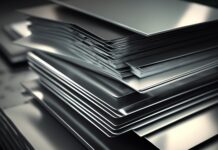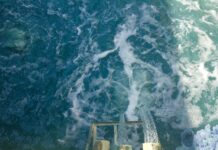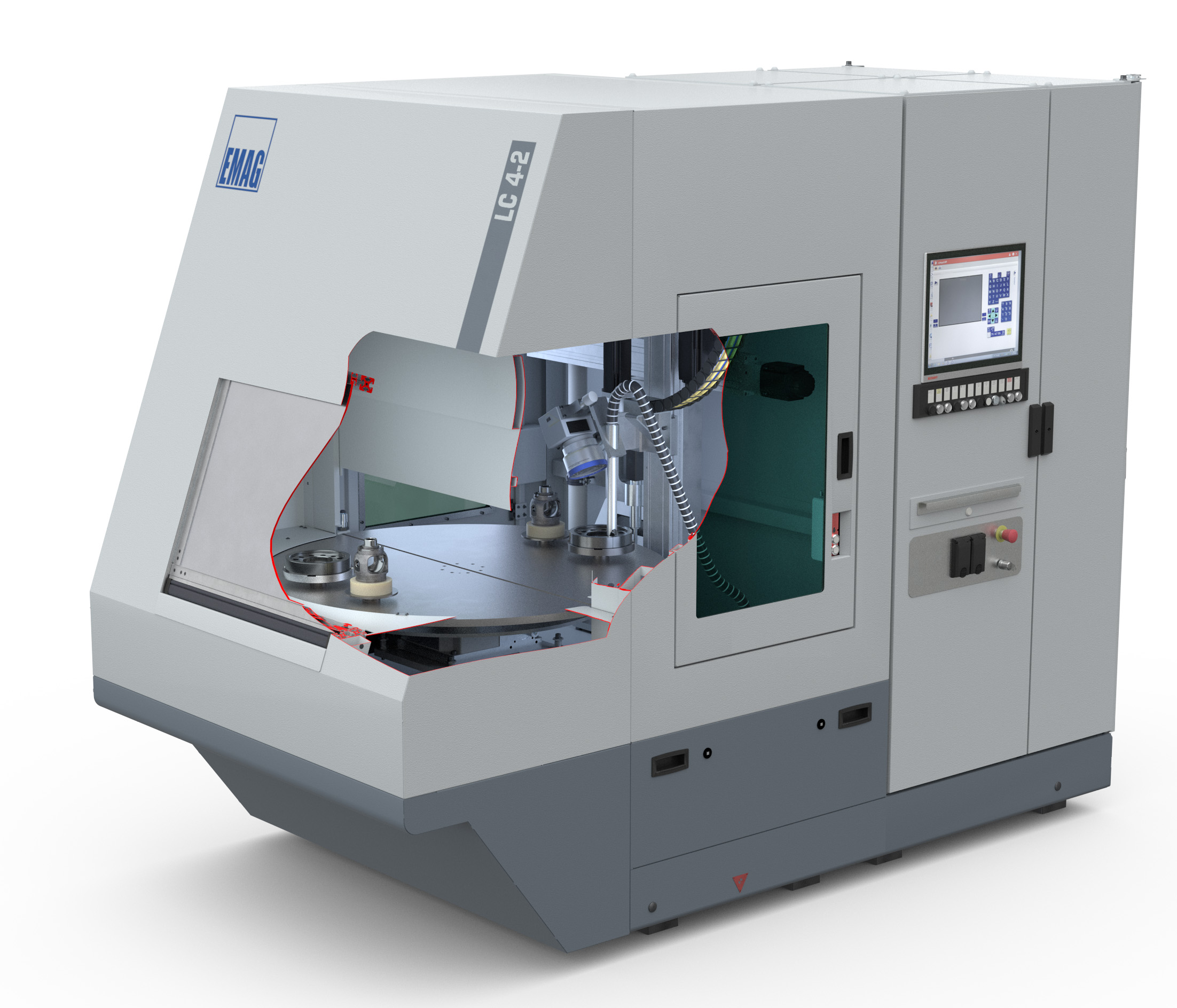We have become acquainted with an excellence enterprise that represents the “Made in Italy” on a world scale in the stainless steel finishing sector.
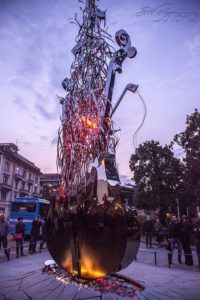
Steel Color S.p.A. (Pescarolo ed Uniti, CR) is an international reference company in the supply of coloured stainless steels and with special finishes. The company is a real “Italian excellence” that operates in all sectors where the stainless steel is used: architecture, building, elevators, interior and urban design, automotive, and so on.
Stefano Ricci, Chairman of the enterprise, explains: «In our headquarters we concentrate both Research and Development activities and manufacturing processes».
Stainless: growing use
In the last decades, the use of stainless steel has increased in all sectors, especially in the elevator industry, where the broadest possible range of available finishes is used, together with the furnishing industry for shops and shopping centres. «In the building industry as well – states Ricci – we have scored a notable increase of the consumptions of stainless sheets with special finishes, especially for the construction of building façades». In the latter case, Steel Color has started important projects that have provided for huge quantities of material; we should just consider the construction of the King Abdullah Financial District in Saudi Arabia that has needed the use of 75,000 square metres of coloured stainless sheets. Stefano Ricci: «The stainless steel with special finishes is anyway used in several industrial sectors, for instance in the coating of motorbike mufflers, in the sliding plans of automated packaging machines, in the implementation of fine coffee machines and in shower heads, etc.»

What are currently the sheet metal treatment and finishing processes most used and diffused on the market? «There are three big categories of treatments executed on stainless steel sheets: the finishes by lamination deform one or both surfaces; the finishes by abrasion, which include the various brushing and polishing kinds, assure even 100% reflectivity; and colouring finishes, without pigments or paints, can be executed also in addition to the two previous types». Among the treatments most used by Steel Color there are the INCO electro-colouring, which is constituted by a controlled passivation that colours the surface by interference and the colouring with PVD (Plasma Vacuum Deposition) process, which in its turn is subdivided into colouring with Sputtering technology (i.e. through cathodic pulverization) or Arc. Stefano Ricci: «For many years our company’s choice has been developing all known technologies, including also the least diffused finishes, such as bead blasting with glass balls, the chemical etching or the digital printing, to cover the surface treatment range fully. Besides, it is often possible to combine two or more techniques, achieving special finishes indeed». In this way, it is possible not only to provide architects and designers with a very wide catalogue but also to leave them the possibility of inventing, daring and experimenting. «The skills of a company are also mirrored by the prompt reaction in understanding customers’ requirements and in helping them to develop new solutions».
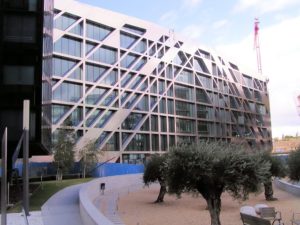
The innovation that makes the difference
Concerning the main technological trends and novelties worth highlighting in the ambit of the aesthetical stainless steel finishes, Stefano Ricci notices: «The market requires manufactured goods that are first fully recyclable but also more and more “performing” from the aesthetical and functional point of view. Concerning this, we have developed composite products, i.e. solutions that allow the use of thinner and thinner sheet metal thicknesses coupled with different products, such as the aluminium “honeycomb” or plastic materials». Environmental regulations have also limited the range of applications of finishes requiring the use of hexavalent chrome; for that reason, the galvanic chrome plating and the INCO colouring process are slowly giving way to the PVD technology, more expensive and hardly managed but certainly more flexible and performing from the aesthetical and mechanical point of view, generating surfaces with high resistance to abrasion without environmental impact.
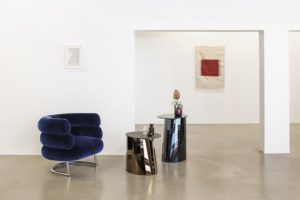
«For our company – specifies Stefano Ricci – the environment protection has always been priority. Not fortuitously, since 2001 we have attained the ISO 14000 certification and for two years the EPD certification, i.e. the environmental product certification that includes the “Carbon Foot Print”, measurement of the carbon dioxide emissions into the atmosphere». Stefano Ricci ends looking at the future: «I think that there will be a growing demand for surface finishes with low environmental impact, then “natural” like lamination, abrasion, polishing and so on, and the colouring achieved through PVD. That is why we are hugely investing in the latter technology. Moreover, it will be necessary to focus on flexibility, to supply stainless steel sheets with special finishes to both the big industry, which assures relevant work volumes, and to small companies, which can share relevantly in the development and in the diffusion of particular new products. In other words, I think that the added value is determined by the capability of innovating».

